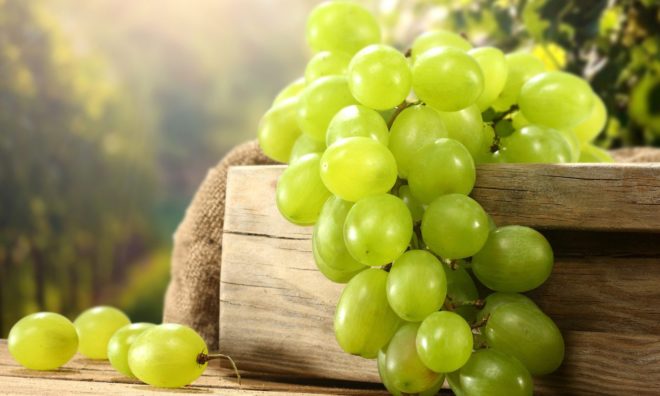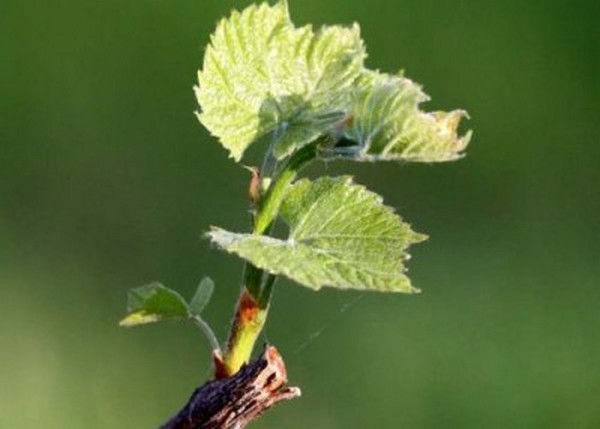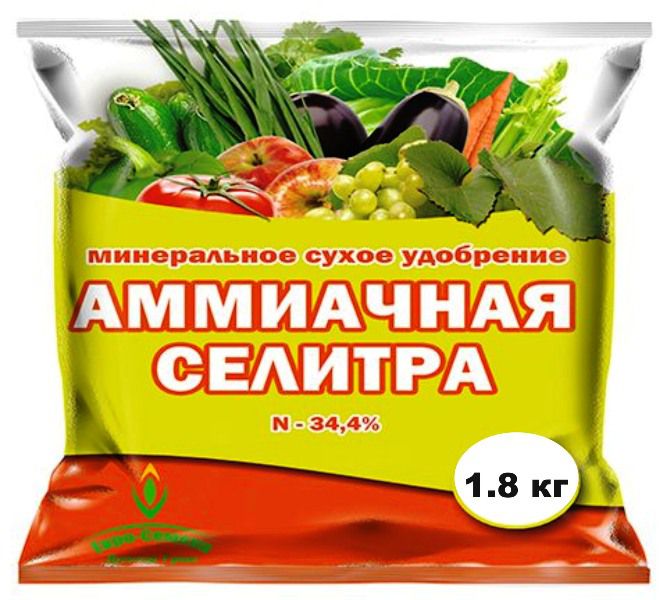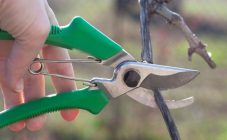Content:
Growing grapes is not the hardest part of gardening. However, you need to figure out how to properly grow grapes and follow certain care rules in order to get a bountiful harvest. If you learn in advance everything about grapes for beginners and follow agricultural techniques, the harvest will not be long in coming.
How to grow grapes
All varieties adore sunlight and do not tolerate shade. It is best to plant them on the south side of the house. Garden grapes do not tolerate strong gusts of wind. Before planting, you need to take into account that this plant wraps around everything that is nearby. The gardener needs to immediately prepare a place where the grapes can braid the supports.
The technology of growing grapes involves a careful selection of varieties, taking into account the climatic conditions of the region. And here you need to decide: plant grapes in the open field or grow them in a greenhouse. The cultivation of this crop in greenhouses has several advantages. The main one is that you can plant varieties that need warm conditions. Seedlings sprout much earlier. How to plant and care for grapes in a greenhouse should be dealt with separately.
Growing grapes from A to Z for beginners
Planting grapes can be carried out:
- in spring (end of March - May);
- in the fall (early October - ground freezing).
Before planting grapes, the seedlings must be prepared. They are kept in clean water for 12-24 hours before planting. Annual shoots are cut at the level of 3 eyes.
Spring
In black soil or clay, you need to dig a hole 80 × 80 × 80 cm in size. In the sandy soil, they dig a hole about a meter deep. The soil should be prepared in autumn so that the earth is tamped by spring. At the bottom you need to pour a layer of gravel 10-15 cm in thickness. Stick the plastic pipe into the hole so that it rises 15 cm above the ground (diameter about 5 cm). Next, pour out black soil 15 cm thick. Then fertilizers will be required: potash - 150 g and superphosphate - 200 g. Distribute the entire mixture evenly over the bottom of the pit. Then pour the fertile layer and fertilizers in the same proportions. At the end, pour out the fertile soil again. The earth needs to be tamped and poured out 5 buckets of water.
For planting in the center of the pit, a small mound should be made. After processing, the seedlings are planted in pits so that the buds look to the north, and the root heels to the south, then they are covered with fertile soil by 10 cm. Next, you need to fill the hole to the top with a mixture of black soil and sand in equal proportions. The pits should be covered with garden sheeting, making holes for pipes and seedlings. For each seedling, you need to put on a cut bottle and water it through a pipe.
Fall
The technology practically does not differ from the spring one. The main difference is that before winter, seedlings must be mulched with earth, covered with straw or sawdust. Mulching the grapes helps the crop take root better. You cannot plant a young plant in a newly dug hole. The earth should settle in 3 weeks. Otherwise, the soil will tighten the seedlings and break loose roots.
Care and cultivation of grapes
How to grow grapes? Care depends on the season.
Spring
The winter cape can be removed when the temperature is -5 ºC and above. If there is a risk that the frost will return, you can make small holes in the shelter. When the cold weather has passed, the cape can be removed.
If there is water in the bushes, it must be bled out. Broken and frozen shoots should be cut off, disease prevention should be carried out: dissolve 200 g of Nitrafen in 10 liters of water, water the vineyard. In spring, homemade grapes are fertilized with complex substances, they dig up the soil around the bushes and water it to raise the temperature in the root system. Also, new seedlings are planted and formed: they break the extra shoots until the needed ones grow by 40 cm, remove the extra buds and root shoots.
In May, young shoots are tied to trellises. 10 days before flowering, the grapes need to be fed with complex fertilizers.
Summer
During this period, you need to regularly pinch the grape vines so that their growth does not exceed 170 cm.It is necessary to remove unnecessary stepchildren so that they do not take energy and nutrients. Beginning in mid-July, all leaves that block the sunlight on the berries are cut off. Grass and weeds should be regularly pulled up or cut down so that they do not take nutrients from the soil.
Fall
Home grapes become weak after harvest. It needs to be fertilized with organic mixtures, insect repellents and diseases. Wait until all the leaves have fallen off before pruning the plant and preparing it for winter. However, this process cannot be delayed until cold weather appears, otherwise the weakened wood will be damaged and the grapes may die. If the variety has poor frost resistance or the winters in the region are very cold, the plant should be mulched. The bushes are spud with earth to a great height, the vines are cut in such a way that they bent to the ground, and the grapes are covered with spruce branches. For more protection, you can throw a layer of snow over the spruce branches.
Watering
The grapes on the site do not require abundant watering. He needs water several times a season.
- After removing the winter spruce branches and garter vines.
- A week before flowering.
- After flowering.
- A week before the shelter for the winter.
Grapes under 3 years old are watered through drainage pipes. For 1 bush it is necessary to dissolve half a liter of wood ash in 4 buckets of water.
Top dressing
Fertilizers added during planting will last 3-4 years. At the end of this period, the grapes will get stronger, begin to bear fruit, and this requires feeding with nutrients.
The bushes can be fertilized with organic and mineral substances.
- Organic: manure, peat, bird droppings.
- Mineral: ammonium nitrate, granular superphosphate, potassium salt.
The first feeding is carried out immediately after cleaning the winter shelter. A mixture is used for 1 bush: superphosphate - 40 g, potash fertilizer - 30 g, nitrogen - 45 g. A groove is made near the bush, into which the resulting mixture is introduced and sprinkled with soil.
The second feeding is carried out 10 days before flowering. You need to mix 1 bucket of manure with 2 buckets of water and let the solution brew for 10 days. Then dilute with plenty of water and add 25 g of superphosphate and 15 g of potassium fertilizer to a bucket of mixture. For 1 bush you need a bucket of mixture.
At the initial stage of fruit ripening, you need to process the grapes with a mixture: superphosphate - 50 g and potash fertilizer - 20 g for each bush.
Tying
There are 2 stages of a garter:
- Dry... Early spring, immediately after the removal of winter shelters and before budding.Bend all branches to a horizontal trellis and tie them to it. You need to watch the bend of the vine. Do not block the access of substances to the eyes.
- Green... When the shoots reach 40 cm in growth. Tie up young shoots at an angle so that the wind does not break them and the sun's rays reach them. The shoots must grow to the next horizontal trellis, to which they must also be fixed. Young plants are tied up 3-4 times during the growing season. You cannot tie a green shoot to the upper internode. The optimum distance is between 2 and 3 buds from the end of the shoot.
The horizontal step-by-step method is considered the best. For a garter, a wet washcloth or wire wrapped in paper is best. You need to fix the vines with a "figure eight", since this method will not allow the branches to break or rub against the material.
Reproduction
Cutting method
Cuttings with 2-3 eyes are harvested in autumn from ripe vines. The diameter should be like a pencil. Make a bottom cut at an angle of 45º, 4 cm back from the kidney. After cutting, the cuttings should not be kept in the sun. The optimum air temperature is 0-5ºC.
The cuttings should be dipped in a solution of ferrous sulfate (1%) for 7 minutes, dried, wrapped in paper, put in a plastic bag and placed in a storage location, for example, next to potatoes. Grape shanks should be obtained in early March. Brown bark, absence of spots and mold, eye and cut of the cutting are green. It is necessary to soak suitable cuttings in a pale solution of potassium permanganate. Then put them in a jar with water and a drop of honey 5-6 cm and put a plastic bag on the shanks. The cuttings should be saturated with water, and then a cut should be made under the lower node.
Layers
This breeding method is used in spring and autumn. In the ground, you need to make a groove 50 cm deep. Pour black soil with humus into it, lay down an annual vine and cover it with soil. The top with 3 leaves and a growing point should remain on the surface. Pour 3 buckets of water over the vine. In spring and summer, the soil should always be slightly moistened, then young shoots will appear, each of which will have its own root system.
Varieties for beginners
- Mascot... Possesses high resistance to disease and frost. Produces a high yield. If you follow all the rules of agricultural technology, the grapes will give large bunches and juicy berries.
- Agate Donskoy... Well suited for growing in the northern regions of Russia. The early ripening period is 4 months. This variety is distinguished by its large size, from massive bushes to large clusters. Dark blue berries can crack due to excessive watering. The main pests are wasps, so the bushes need protection.
- Currant Russian... A frost-resistant variety, but shelter is needed in the northern regions. Early ripening (120 days). Saplings take root easily. The berries are small, so the vines do not break under the weight of the bunches. The variety is susceptible to fungal diseases, since its own immunity is absent. Protection from insects and birds, which are attracted by the rich taste, is necessary.
It can be concluded that if a gardener decides to plant and care for grapes, he needs to know many features of care. However, you should not take this culture as a complex plant. Having figured out how to grow grapes, having studied the intricacies of planting grapes and care in the open field, you can get an annual generous harvest.















